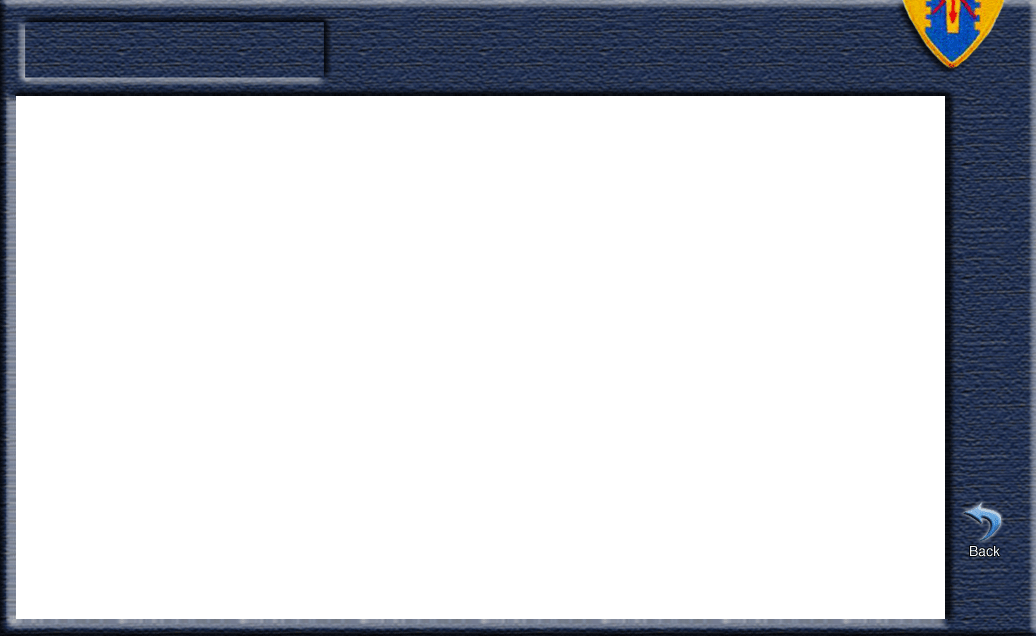

Luck has its day
This is a story about Jim Thompson, expanded from a 02/16/08 vignette of a mortar attack that occurred around June 1966.
It was first drafted in response to Carl Burns’ quest for stories for possible inclusion in “Centaurs in Vietnam, The First Year Book“.
Geometry and good luck save the Maintenance Officer.
As our tour stretched into the summer of 1966, individual construction and improvement projects abounded. We built more, larger, well-spaced bunkers, and added protective sand bags walls around tents. Additional tents were erected on those great kit floors and frames to give more individual personal space. I recall my allocated space expanded to an eighth of a GP tent with my 60 watt light bulb and extension cord for radio plus the luxury of a tiny three inch fan.
The troop maintenance officer CPT James Thompson, procured a hex tent for himself. James was a rather industrious person that embraced his aircraft maintenance responsibilities with near total emersion. He was up at all hours and needed desk space and most of all he desired a little privacy.
For some reason when the 2 X 4 floor and 2 X 12 hex angle frame were assembled, the whole structure ended up nearly three feet off the ground. Of course he moved right in to his new high digs. I thought it was really vulnerable during our frequent mortar attacks, being so high, but comfort reigned. As soon as we had had another sand bagging day when everyone pitched in to for these very necessary improvement projects, he would have a circle of sandbags up to a level that would protect him from anything other than a direct hit.
A short time later our restless opponents came out of their holes to give us another reality check. It would have been universally appreciated if the VC gave some sort of warning or even a nice shrill whistle on the first round. No---- the fright and flight to the bunkers usually/often began with a resounding crack of the first rounds’ impact. I was standing by for a hog mission resting in my GP tent space, keeping out of the way. The time was right after noon chow when James was taking his noon siesta.
The round hit just outside his raised tent within three feet of his bunk. We all, including Thompson, piled headlong into the nearest bunker. After a long period of silent waiting in the dim light, Delvy noticed that there was blood on the front of Thompson’s fatigues. Taking off his jacket we could see the small bleeding scar on his chest. Then we discovered one just opposite on his back. We assumed the worst, that the piece of cast iron shrapnel must have passed right though the lung and near his heart. Real concern here! We rushed him off to the Division Medical Emergency Facility in the troop commanders jeep.
He returned while everyone was involved in the post attack assessment. His wounds were patched with two small bandages over what he referred to as, “the scratches.” Perhaps the wounds did not warrant a purple heart.
Frank Delvy and I out of curiosity and frank amazement, proceeded to analyze the mortar impact and shrapnel pattern. It was an 81/82 MM with a fuse quick (designed to detonate the round as soon as a hard surface is struck). We found the fuse which as usual was driven straight forward (along the flight path) into the ground by the blast. A fuse-quick crater is a miniature little blast hole as the round design is intended to the spread the deadly sharp cast iron shrapnel in a low circular pattern. Causalities among personal standing on the ground is the primary design criterion. The round landed so close to Thompson’s bed that the deadly blast spread the primary shrapnel pattern under him. The plywood floor and framing were a little mangled from the blast and had absorbed a lot of small fragments.
Geometry and good luck saved our maintenance officer.
Robert “Bob“ Graham, then Captain, Hog Driver, Weapons Section.